Home > Climate News >

Small adjustments to wind turbines can reduce impacts on birds, new study finds
Research analyzed data from 1,670 wind turbines and 86 bird observation routes across 36 states between 2008 to 2014.
“We found that there was a negative impact of three birds lost for every turbine within 400 meters of a bird habitat,” Madhu Khanna, professor of agricultural and consumer economics at the University of Illinois and co-author of the new study, said in a statement. “The impact faded away as the distance increased…”

Agrivoltaics proves mutually beneficial
Building resiliency in renewable energy and food production is a fundamental challenge in today’s changing world, especially in regions susceptible to heat and drought.
Agrivoltaics, the co-locating of agriculture and solar photovoltaic panels, offers a possible solution, with new University of Arizona-led research reporting positive impacts on food production, water savings, and the efficiency of electricity production…
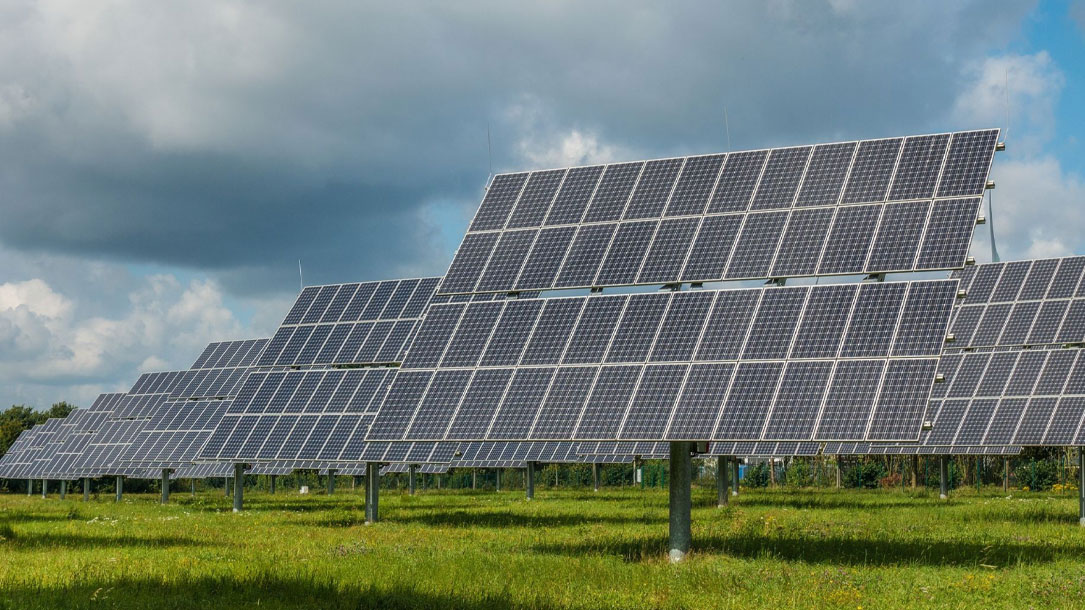
Sheep get to work maintaining Newfield solar array
As solar panels in the 30-acre array off of Millard Hill Road in Newfield soaked up Tuesday morning’s sunshine, a new kind of maintenance crew was headed out to work: a flock of about 45 sheep. Though timid about getting out of their trailer and exploring the new surroundings at first (it was their first time leaving their home farm in Enfield), the lambs quickly got to work munching down on the tall grass, clovers, forbs, and other greenery sprouting up between the panels.
The solar panels in Newfield were Nexamp’s [a solar energy team’s] first community solar project in New York and officially went online last year…

Mass Audubon & climate change
“Climate change requires us to boldly and urgently act to protect the wildlife and people we love. In response, Mass Audubon has committed to achieving a carbon neutral future in Massachusetts by 2050.
Carbon neutrality, or net zero emissions, means that we don’t emit any greenhouse gasses that we can’t soak back up out of the atmosphere. To do so entails protecting and conserving natural climate fighting tools, mitigating climate change by reducing and eliminating our greenhouse gas emissions, and amplifying nature’s resilience to climate impacts…”

Leading by example
Mass Audubon is taking steps to reduce their carbon footprint, and they hope to inspire their members and visitors to do the same. They want to do their part to reduce their carbon emissions from fossil fuel consumption in order to help prevent the worst effects of climate change.
Since 2003, Mass Audubon has reduced its annual carbon emissions from its buildings and vehicles by almost 50 percent. In addition to explaining why they care (and why you should, too), they’ve made improvements in several key areas…
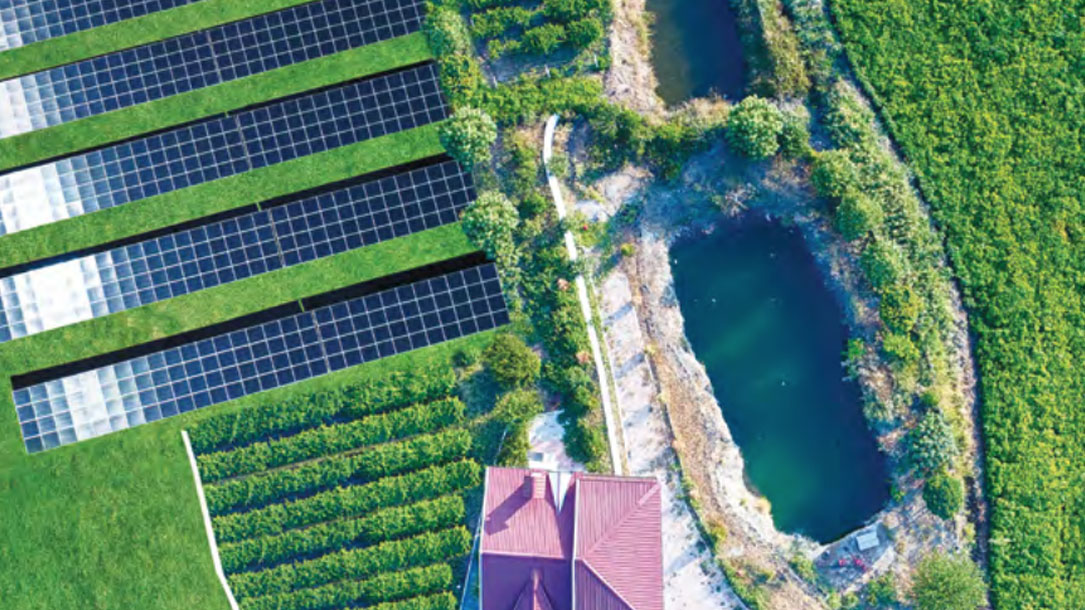
Report sheds light on role of land trusts in climate change
At first blush, putting “open space,” “land conservancies,” and “renewable energy” in the same sentence might seem awkward. But the role land trusts play in addressing climate change via renewables can’t be understated, according to a new report from the Land Trust Alliance (LTA): “Reshaping the Future: Renewable Energy and Land Trusts.”
In the 24-page report, researchers said that at this “critical juncture, land trusts can position themselves as both protectors of priority lands, waters, and habitat and as problem-solvers in helping meet renewable energy development needs. As entities that care deeply about the land, land trusts should also care about climate change and renewable energy…”
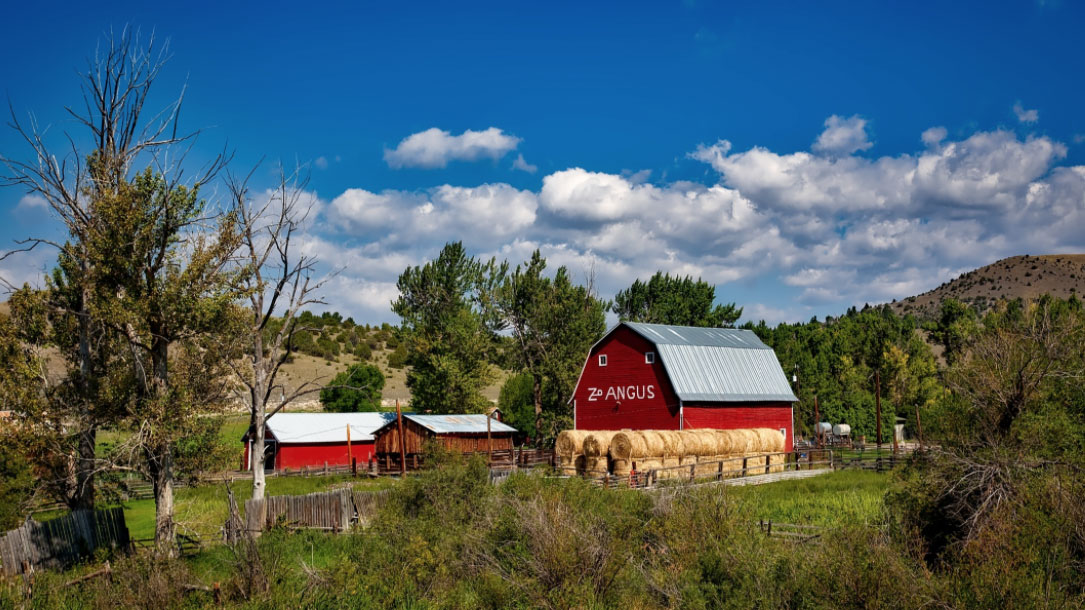
Montana Governor Steve Bullock becomes 25th governor to join U.S. Climate Alliance
‘Montana Governor Steve Bullock today issued an executive order to join the U.S. Climate Alliance. In his announcement, he stated, “Climate change is already impacting our way of life and our economy. How we choose to respond to the changes around us offers a pivotal opportunity to both safeguard our traditional strengths and diversify and grow new opportunities for our future. Like all difficult issues we tackle here in Montana, I know we can find a path forward by getting together, rolling up our sleeves, and focusing on the values we share in common.”’

We’re halfway there; Montana joins U.S. Climate Alliance
Last week, Montana Governor Steve Bullock announced his commitment to join the US Climate Alliance (USCA), bringing the total to 25 states who have made the pledge since the Alliance was formed just two years ago.
With Montana’s addition, the USCA now represents 55% of the U.S. population, an $11.7 trillion economy, and 40% of U.S. greenhouse gas emissions…
American Farmland Trust proudly joined the USCA as an Impact Partner in June 2019. As an Impact Partner, AFT lends its technical expertise to help increase the volume of carbon stored in ecosystems; reduce losses of already-stored carbon; and decrease greenhouse gas emissions, specifically sharing policy guidance and implementation strategies for climate-smart practices on croplands and rangelands.
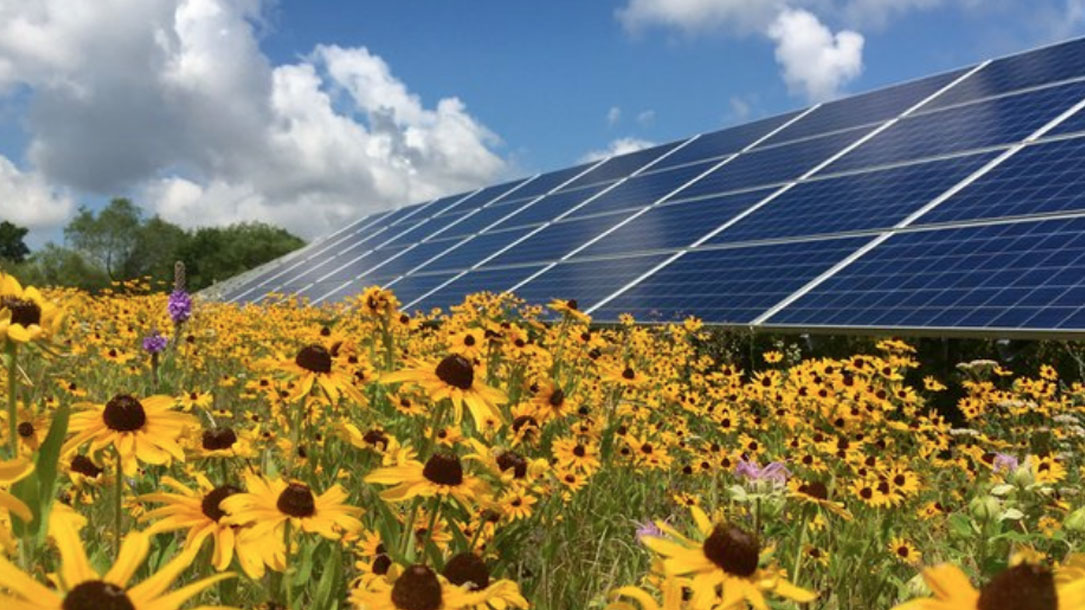
The Country is Watching: New York climate plan sets a 30-year goal for 100% renewable energy
Solar panels on every roof. Parking meters that double as car chargers. Wind turbines towering above farm fields and ocean waves. Cars, home furnaces, and factories converted to run on electricity from renewable sources.
A new law signed by New York Governor Andrew Cuomo sets the nation’s most aggressive targets for reducing carbon emissions and is intended to drive dramatic changes over the next thirty years. It calls for all the state’s electricity to come from renewable, carbon-free sources such as solar, wind, and hydropower. Transportation and building heating systems would also run on clean electricity rather than oil and gas…
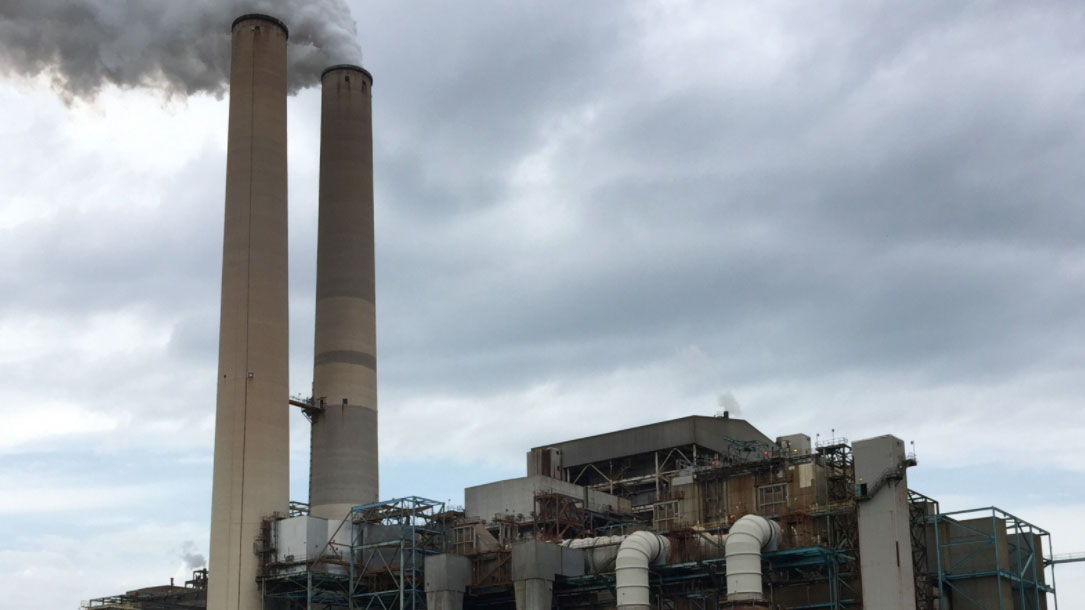
Emissions need to be halved to avoid three degrees centigrade warming
A group of European researchers, Climate Action Tracker, tracks countries’ progress toward the globally-agreed aim of limiting warming to well below 2°C and a more ambitious target of below 1.5°C…
The U.S. is at the bottom of the list, along with Russia, Saudi Arabia, Turkey, and Ukraine. This has to change—and with the millions of land trust members across the country, from all walks of life, conservation can help shift this—if we talk about it and help people understand why action is needed now, rather than in 10 years.
Two degrees Celsius is optimal for keeping the world as we know it habitable—and species extinction in check (we are already at 1°C and beginning to see large-scale extinction directly related to climate change impacts).












